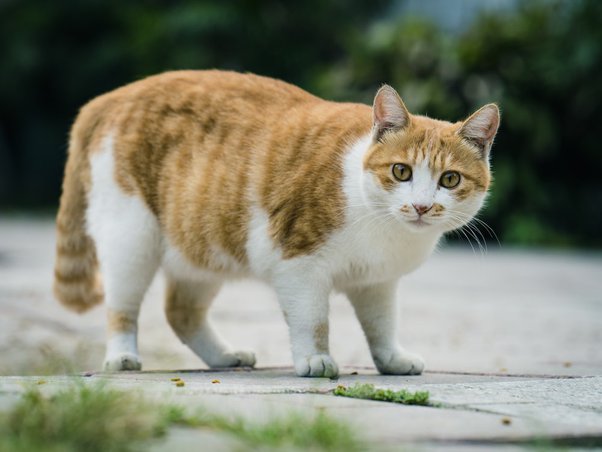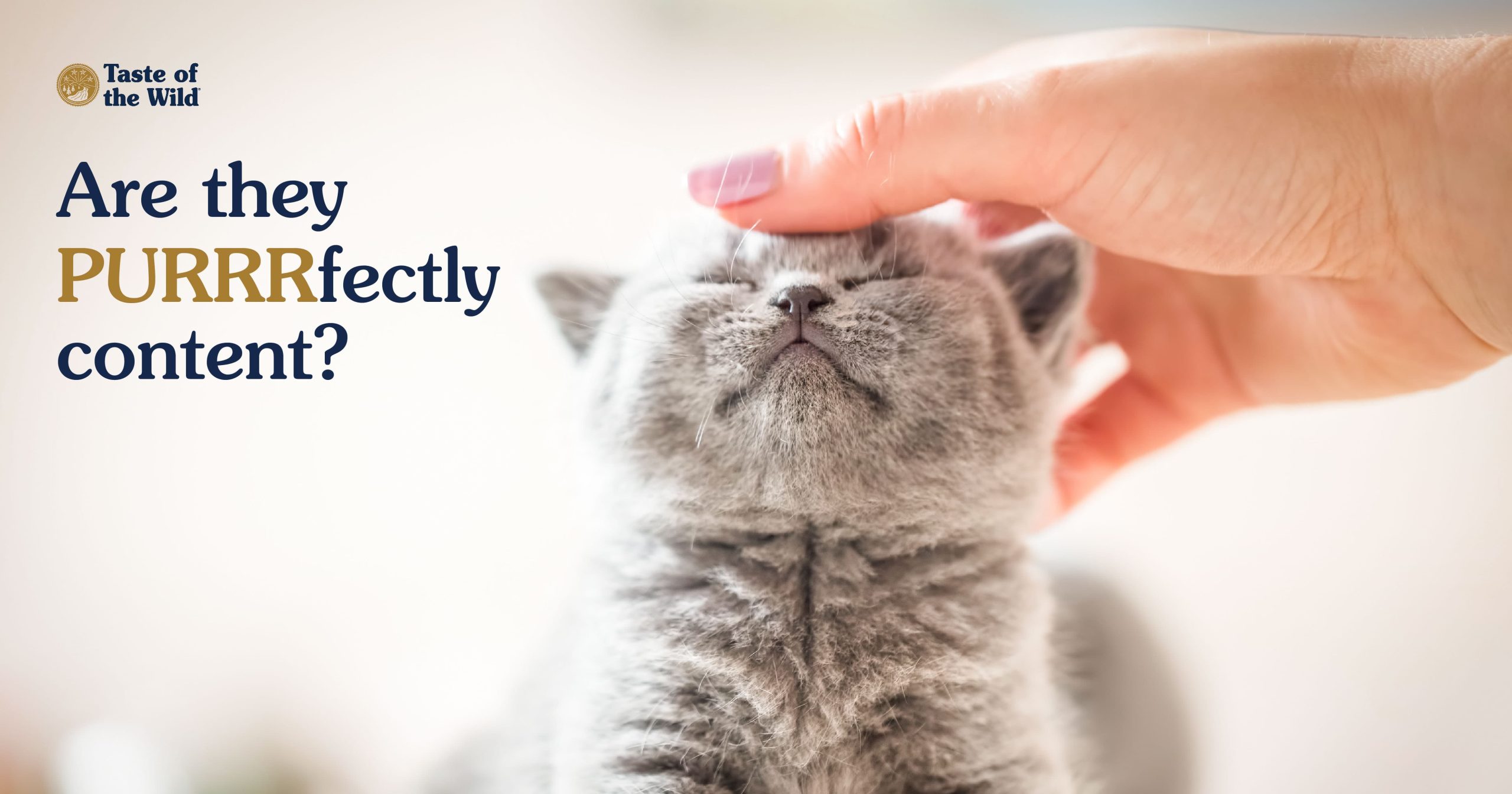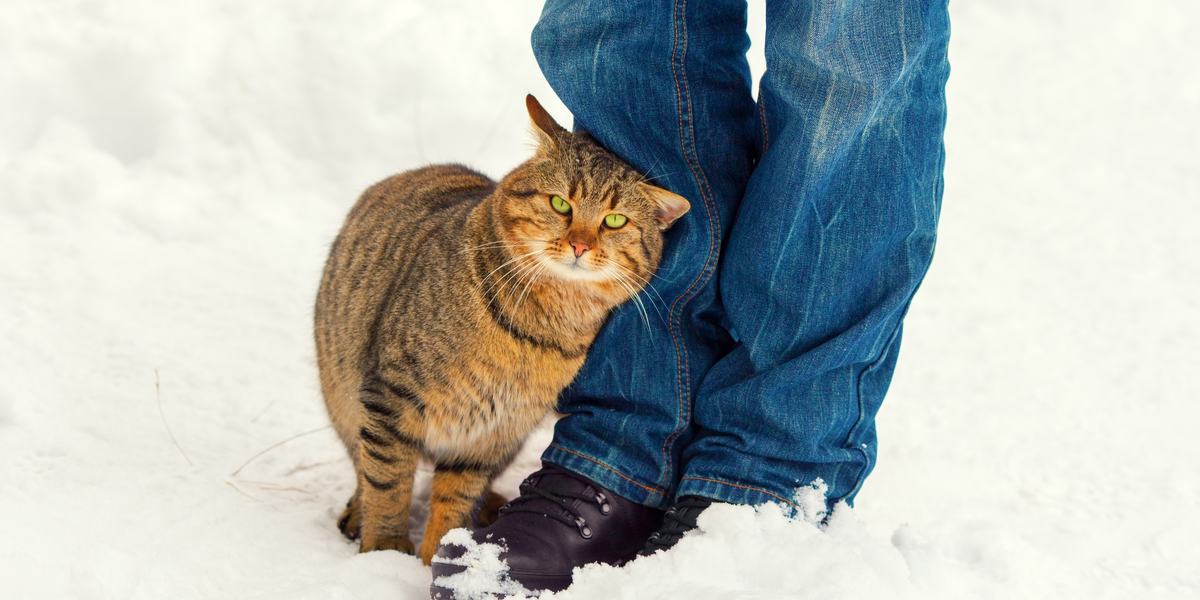Decoding Cat Body Language: A Comprehensive Guide
Cats demonstrate an intricate array of body language and vocal cues that indicate their mood, needs and perceptions. Learning to properly interpret these subtle signals allows us to better understand cats and respond appropriately to their communications.
Being able to accurately decode signs of happiness, agitation, fear and aggression conveys invaluable insights on our quiet yet expressive feline companions. It facilitates closer bonds through true comprehension.
Why Understanding Cat Body Language Matters
Unlike dogs and humans, cats do not rely heavily on verbal communication. They more frequently utilize nuanced physical behaviors and tones to express needs rather than barking or asking directly.
Reading qualities like:
- Tail positions
- Ear orientations
- Eye dilation
- Vocalizations
- Approach/avoidance stances
Allows us to
respond appropriately to cats when they experience stress, injury, or emotional neediness
. We can provide responsive care instead of reacting blindly.
In short, comprehending cat body language cues strengthens the human-feline bond substantially. We can better nurture and support the cats we love through truly understanding them.
Key Aspects of Cat Body Language
Some major areas to focus on when interpreting feline communication include:
- Tail positions and motion – This signals emotional states and arousal levels
- Ear orientations – Forward, sideways, backwards etc conveys mood
- Eye changes – Pupil dilation/constriction, staring, and blinking patterns demonstrate comfort and trust levels
- Vocal tones – Growling, yowling, purring informs on inner conditions triggering those reactions
- Approach/avoidance behaviors – Direct interactions with humans reveal relationships and perceptions
Noticing context clues from multiple body language facets provides the
clearest insights on specific cat perspectives, feelings and reasons for demonstrated behaviors
. We can then respond in an informed, helpful manner.
Why Reading Cat Body Language Matters
Interpreting subtle cat body language allows humans to support their needs better through comprehending nonverbal cues.
Tail Talk: What Your Cat’s Tail Can Tell You
A key aspect of decoding cat communication is observing tail positions and movements. The position, motion and overall appearance of the tail conveys a wealth of information on a cat’s mood and internal state.
1. Vertical Tail
When your cat holds their tail upright in the air, this signals a welcoming, affectionate mood. An elevated tail indicates excitement, curiosity and confidence. They are eager to greet people, roam their territory, or engage in play.
2. Horizontal Tail, Relaxed Pace
A lazily swishing tail, swaying gently side to side, demonstrates a relaxed, content cat just taking in their surroundings. This slow, fluid movement often occurs while napping or casually observing their home environment when at ease.
3. Horizontal Tail, Fast Pace
Rapid tail swishing from side to side indicates stimulation, but not always the happy kind. This motion conveys intense mental activity usually from stress, aggravation, frustration or nervous energy. It means a cat feels very restless.
4. Puffed Up Tail
When frightened or actively threatened, most cats will point their tails straight down while markedly puffing up the fur to appear larger. This signals they feel very defensive and threatened, warning others to keep away.
5. Wagging Tail
Unlike dogs, kitties rarely wag tails out of pure happiness. Fast tail wagging more frequently correlates with overstimulation and agitation. However, when paired with an upright, hook-shaped tail, it can indicate eagerness and curiosity.
6. Tucked Tail
When a cat presses their tail tightly against their body to conceal it, this demonstrates fear, discomfort, lack of confidence or submission in response to a perceived threat. It signals they feel unsettled and wish to minimize their presence.

Ear Postures Provide Further Emotional Insight
In addition to tail signals, cat ear movements reveal valuable behavioral insights. Ear positioning and orientation changes demonstrate emotional shifts.

Eye Signals How Comfortable Your Cat Feels Around You
Cat eye signals reveal important insights into their comfort levels and sense of security. By comprehending eye expression changes, we can better provide reassuring environments.

Vocal Signifiers Further Clarify Cat Communications
While subtler than dog vocalizations, cat meows, purrs and other vocal tones provide additional emotional context.
1. Purring
We associate rumbling purrs with feline happiness, but they can indicate pain relief, healing or stress relief as well. However, very loud purring correlates strongly with joy and contentment – especially during petting sessions.
2. Trilling
A pleasant trill sounding like a cross between a meow and roll of the tongue expresses affectionate greetings. Cats often trill upon noticing favored humans after a period apart.
3. Chirping
Short, high-pitched chirpy mews demonstrate excitement and intent observation. Cats voices these to solicit attention, sample food or request assistance accessing an item.
4. Hissing
The classic cat hiss signals imminent aggression and defensive maneuvers, usually in response to trespassing cats or direct threats. It serves as the first vocal warning to back away now.
5. Growling
A guttural cat growl represents the second level threat display after hissing fails. This signifies they now feel ready to defend themselves through direct attack if pressed.
6. Yowling/Howling
Excessive, drawn out yowling or howling correlates strongly with psychological or physical distress from sickness, injuries or emotional neediness issues. It can also stem from boredom and demanding behavior though.

Physical Interactions Further Demonstrate Cat Perspectives
Cats use their bodies to communicate how they perceive their surroundings and relationships as well.
1. Rubbing Against Humans
When cats deliberately rub their heads or sides against people, this represents a bonding greeting gesture. Cats have scent glands around their heads and facial regions used for territorial marking and familiarization.
2. Grooming in Human Presence
If a cat casually grooms themselves in your presence, this demonstrates they view you as part of their trusted inner circle rather than as threats. Self-grooming requires relaxed comfort levels.
3. Kneading Humans
Gentle paw kneading actions cats often perform on soft surfaces or people reflects a callback to the nursing behaviors of kittenhood. When directed at humans, it conveys affection and contentment.
4. Rolling Over to Expose Belly
When cats deliberately roll over onto their backs to expose their bellies in your presence, this signals deep trust on their part. The belly region is very vulnerable, so they feel quite secure with you.
5. Approaching With Upright Tail
As referenced earlier, an upright, raised tail as cats approach you displays pleased excitement and affection, unlike cautious submissiveness of a lowered tail.
6. Crouching and Creeping Body Posture
When cats lower themselves close to the ground with narrowed, focused eyes, this signifies hunting/stalking mode triggered by either prey or toy stimuli. The tactical body positioning allows them to sneak up on their target.
7. Pacing and Tail Swishing
Repetitive pacing motions paired with agitated tail swishing often arises from separation anxiety during a household member’s extended absence or confinement away from access to preferred humans.

What Your Cat’s Body Language Signals Mean for Human Actions
Interpreting cat body language properly informs appropriate human responses to their communicated needs and distress signals.
Most Frequently Asked Questions
Why does my cat wag their tail when they seem annoyed?
Unlike dogs, cats don’t wag their tails out of happiness alone. Rapid tail wagging in cats reflects overstimulation, often from stress, excitement or frustration. The key is noticing if they seem restless paired with the tail motions.
What does it mean when my cat stares at me without blinking?
When cats engage in long, unblinking stares, this usually conveys simmering irritation, overwhelm from too much stimulus, or aggressive warnings to cease actions upsetting them. Lengthy stares signify pending confrontations.
Why does my cat make odd meow sounds unlike their normal meows?
Mood drastically alters feline vocal tones and patterns. Unfamiliar, distorted meows from a typically quiet cat often indicate psychological or physical pain/distress. Sudden vocal changes warrant medical examinations.
Is cat purring always a sign of happiness?
While we rightfully associate rumbling purrs with feline bliss, cats may also purr loudly to self-soothe pain or overt stress. Context is key. If the purring cat seems otherwise distressed, investigate underlying causes.
What causes my cat to knead or suckle on blankets?
Kneading with front paws and suckling behaviors link back to nursing kitten instincts from mama cats. Adult cats retain these associations. Blankets muffle scratching sounds, but the motions demonstrate deep comfort and contentment.
The Takeaway on Cat Communication Cues
Cats demonstrate intriguing physical, vocal and emotional behaviors constituting a nuanced communication system. By comprehending common cat cues, humans can nurture closer bonds with these quiet yet expressive companions.

